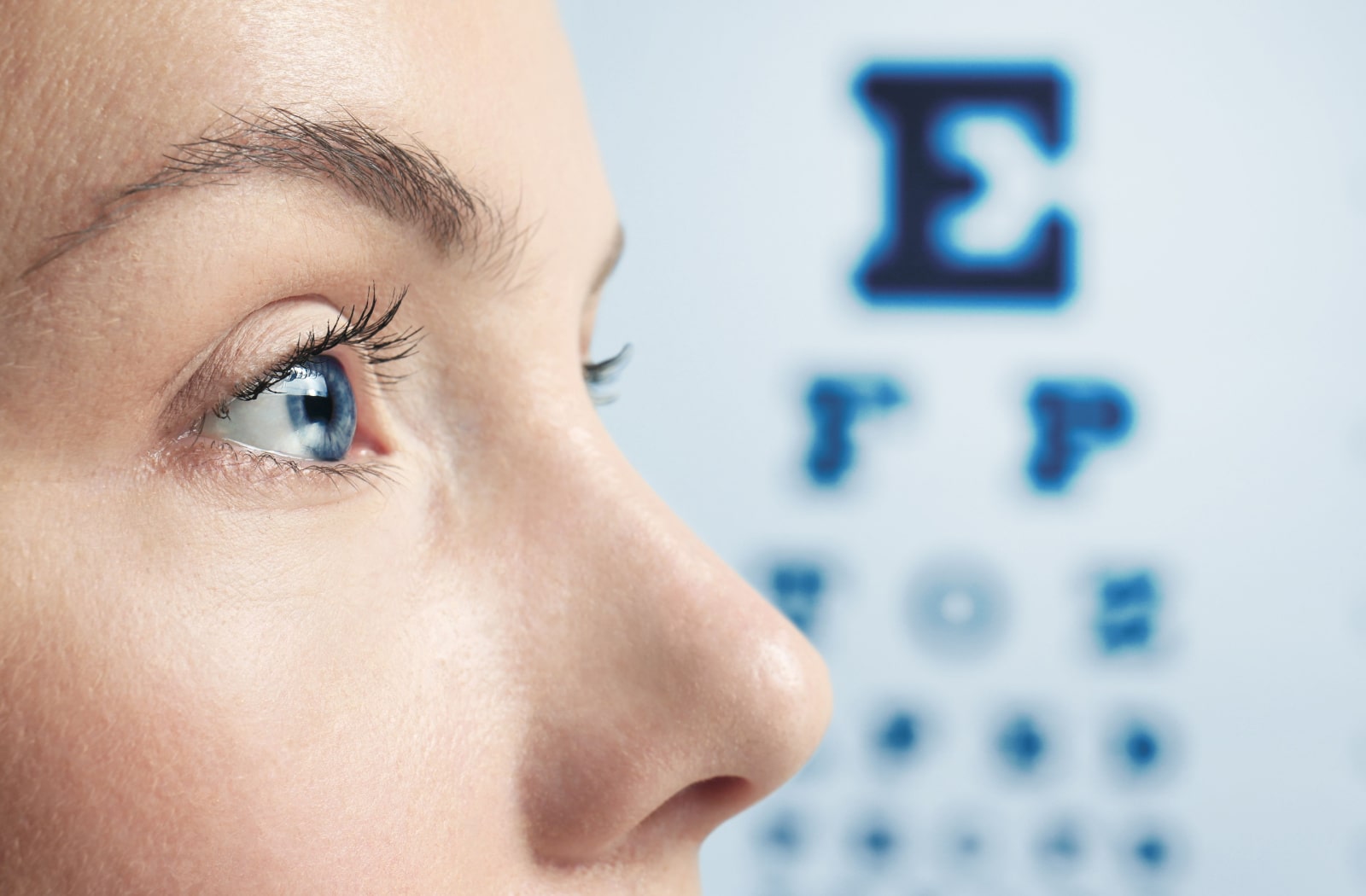All Categories
Featured
Low vision, a problem where typical glasses, contact lenses, or surgical treatment can not fully restore sight, can make everyday tasks challenging. Fortunately, reduced vision rehab offers a series of resources to aid individuals maintain their freedom and quality of life. This post explores the choices available for those looking for support in managing their visual disabilities.
What Is Reduced Vision Recovery?
Reduced vision rehab is an organized technique to help people maximize their remaining vision and adjust to new methods of doing day-to-day tasks. Experts collaborate with people to create tailored approaches, integrating devices, techniques, and training programs that fit their special needs.
![]()
Secret Options for Low Vision Rehab
Vision Enhancing Devices
Optical Aids: Devices like magnifiers, telescopic glasses, and unique analysis lenses can improve clearness for analysis, creating, and other close-up tasks.
Digital Aesthetic Aids: Tools such as digital magnifiers and portable video magnifiers offer adjustable zoom abilities for numerous tasks.
Wearable Modern technology: Smart glasses equipped with video cameras and voice feedback offer innovative services for improving vision.
![]()
Assistive Modern Technology
Display viewers, text-to-speech applications, and tools with voice commands make innovation accessible for people with reduced vision.
Mobile phone applications, such as navigation help and things acknowledgment tools, help users connect with their environments a lot more effectively.
Educating and Treatment
Alignment and Flexibility Training: Experts teach skills for navigating spaces securely, consisting of making use of white walking canes or guide canines.
Daily Living Abilities Training: Rehabilitation programs offer techniques for cooking, cleansing, and personal treatment, ensuring that individuals can perform vital jobs separately.
Visual Skills Training: Exercises created to enhance making use of staying peripheral vision can improve visual performance.
Ecological Adaptations
Modifications to living or offices can significantly enhance access. Instances consist of:
Setting up brighter lighting.
Adding high-contrast markings to appliances.
Preparing furniture to develop clear paths.
Assistance Networks
Emotional and mental support is an essential element of recovery. Support system, therapy sessions, and therapy services can help people manage the obstacles of vision loss.
![]()
Peer networks attach people with comparable experiences, promoting a sense of area and shared understanding.
How to Gain Access To Reduced Vision Rehab Solutions
Reduced vision rehabilitation solutions are usually offered by:
Reduced Vision Clinics: Run by eye doctors and optometrists focusing on vision disabilities.
Physical Therapists: Professionals in adapting atmospheres and tasks to suit private needs.
Nonprofit Organizations: Groups such as the American Foundation for the Blind (AFB) or local loss of sight assistance organizations use valuable resources and references.
Final Thought
Reduced vision rehabilitation supplies an array of resources customized to improve functionality, boost confidence, and enhance top quality of life. If you or a liked one is encountering the obstacles of reduced vision, consider getting to out to a professional or rehabilitation center to discover the several choices readily available.
What Is Reduced Vision Recovery?
Reduced vision rehab is an organized technique to help people maximize their remaining vision and adjust to new methods of doing day-to-day tasks. Experts collaborate with people to create tailored approaches, integrating devices, techniques, and training programs that fit their special needs.

Secret Options for Low Vision Rehab
Vision Enhancing Devices
Optical Aids: Devices like magnifiers, telescopic glasses, and unique analysis lenses can improve clearness for analysis, creating, and other close-up tasks.
Digital Aesthetic Aids: Tools such as digital magnifiers and portable video magnifiers offer adjustable zoom abilities for numerous tasks.
Wearable Modern technology: Smart glasses equipped with video cameras and voice feedback offer innovative services for improving vision.

Assistive Modern Technology
Display viewers, text-to-speech applications, and tools with voice commands make innovation accessible for people with reduced vision.
Mobile phone applications, such as navigation help and things acknowledgment tools, help users connect with their environments a lot more effectively.
Educating and Treatment
Alignment and Flexibility Training: Experts teach skills for navigating spaces securely, consisting of making use of white walking canes or guide canines.
Daily Living Abilities Training: Rehabilitation programs offer techniques for cooking, cleansing, and personal treatment, ensuring that individuals can perform vital jobs separately.
Visual Skills Training: Exercises created to enhance making use of staying peripheral vision can improve visual performance.
Ecological Adaptations
Modifications to living or offices can significantly enhance access. Instances consist of:
Setting up brighter lighting.
Adding high-contrast markings to appliances.
Preparing furniture to develop clear paths.
Assistance Networks
Emotional and mental support is an essential element of recovery. Support system, therapy sessions, and therapy services can help people manage the obstacles of vision loss.

Peer networks attach people with comparable experiences, promoting a sense of area and shared understanding.
How to Gain Access To Reduced Vision Rehab Solutions
Reduced vision rehabilitation solutions are usually offered by:
Reduced Vision Clinics: Run by eye doctors and optometrists focusing on vision disabilities.
Physical Therapists: Professionals in adapting atmospheres and tasks to suit private needs.
Nonprofit Organizations: Groups such as the American Foundation for the Blind (AFB) or local loss of sight assistance organizations use valuable resources and references.
Final Thought
Reduced vision rehabilitation supplies an array of resources customized to improve functionality, boost confidence, and enhance top quality of life. If you or a liked one is encountering the obstacles of reduced vision, consider getting to out to a professional or rehabilitation center to discover the several choices readily available.
Latest Posts
Discover Exclusive Auto Repair Offers in Chicago at Montclare Auto Repair
Published en
1 min read
Explore the Top Auto Repair Deals in Montclare, Chicago
Published en
1 min read
Learn Why Chicago Drivers Trust Montclare Auto Repair for Reliable Service and Huge Savings
Published en
1 min read
More
Latest Posts
Discover Exclusive Auto Repair Offers in Chicago at Montclare Auto Repair
Published May 26, 25
1 min read
Explore the Top Auto Repair Deals in Montclare, Chicago
Published May 25, 25
1 min read
Learn Why Chicago Drivers Trust Montclare Auto Repair for Reliable Service and Huge Savings
Published May 23, 25
1 min read